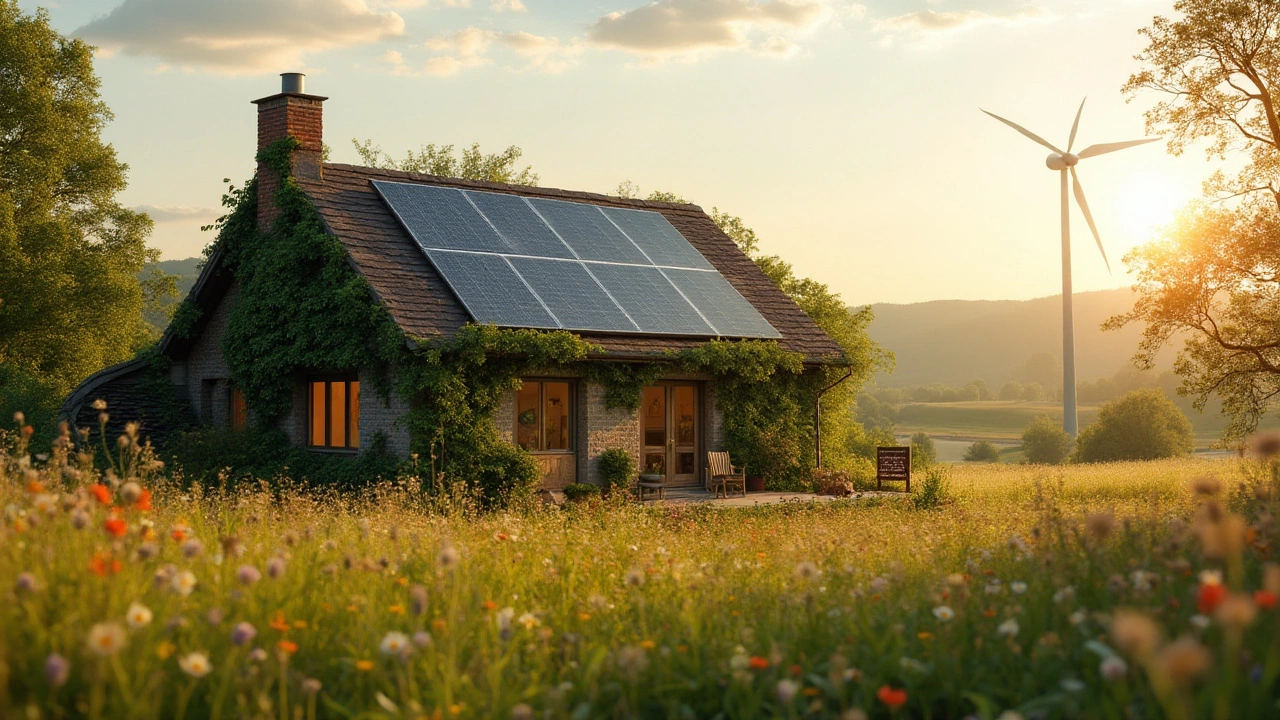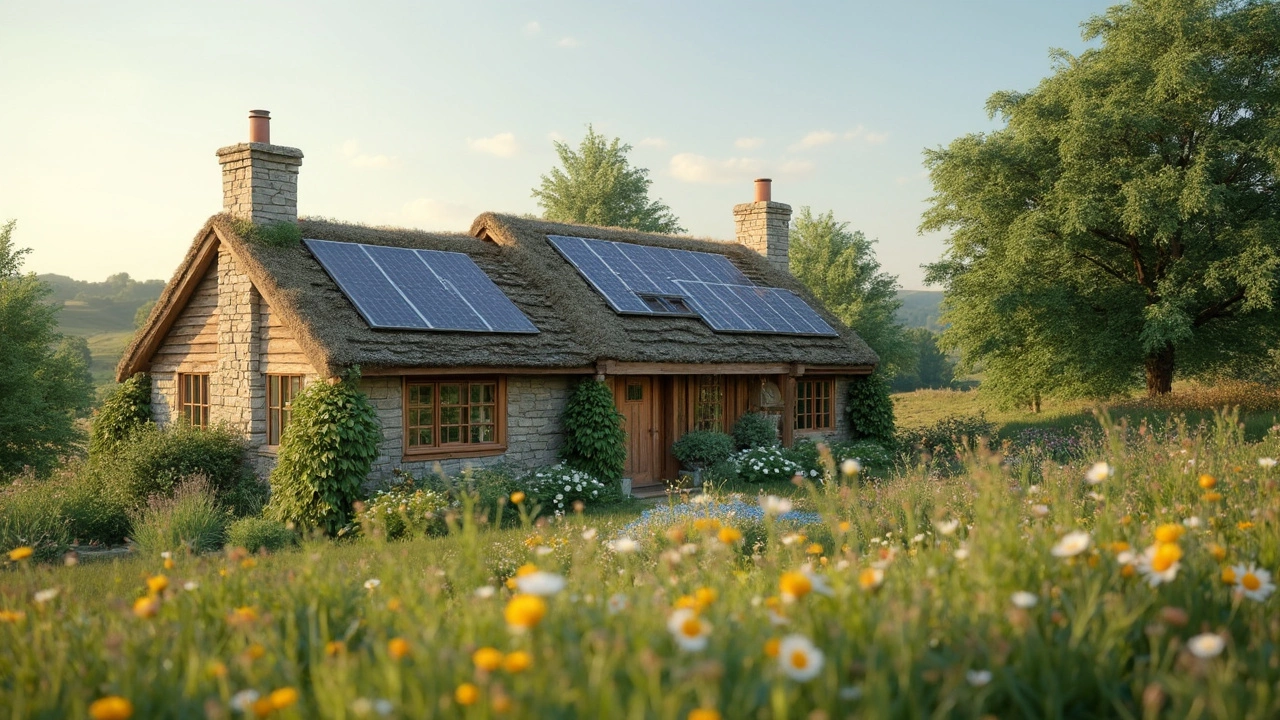
Green Homes: Simple Ways to Live Sustainably
Thinking about a greener place to live? You don’t need a massive budget or a PhD in architecture to make a home eco‑friendly. Small changes in insulation, heating, or even the way you buy furniture can cut your bills and lower your carbon footprint. Below you’ll get straight‑forward ideas you can use today, plus quick answers to common questions like ‘Are eco homes expensive?’
What makes a home green?
A green home is built or renovated with the environment in mind. That means using materials that don’t poison the planet, designing for low energy use, and managing water wisely. Look for things like timber from sustainable forests, recycled steel, or natural insulation such as sheep’s wool. Energy‑efficient windows, LED lighting, and heat‑pump systems also count as green upgrades. If a house has a solar panel array or a rain‑water collection tank, it’s scoring big points on the green scale.
How to pick or build a green home
When you start hunting for a property, check the listing for keywords: “energy‑efficient,” “low‑E windows,” “Passivhaus,” or “solar‑ready.” If you’re buying new, ask the builder about the R‑value of the walls and the type of insulation used. For remodels, focus on the biggest energy hogs first—usually heating, hot water, and old appliances. Swapping an oil boiler for a heat pump can shave off 30‑40% of your heating costs.
Budget worries? The post “Are Eco Homes Expensive?” shows that upfront costs can be higher, but long‑term savings often outweigh them. A modest solar system might cost a few thousand pounds now, but it can pay for itself in 5‑7 years through lower electricity bills. And don’t overlook grants or rebates—many UK councils offer incentives for double‑glazing or loft insulation.
One cheap way to go greener is to improve the building envelope. Seal drafts around doors and windows, add draft excluders, and wrap exposed pipes. These tweaks are cheap, quick, and immediately boost comfort. If you have a garden, plant native trees or shrubs; they act as natural windbreaks and help keep the house warmer in winter.
When choosing furnishings, pick items made from reclaimed wood, bamboo, or low‑VOC paints. The article “Non Eco‑Friendly Building Materials” warns against cheap, toxic options like PVC flooring or asbestos‑containing products. Going for certified products not only protects your health but also reduces landfill waste.
If you love the idea of a tiny house or a modular build, the “Most Affordable Homes to Build in 2025” post breaks down costs by type. Tiny homes often use less material, need smaller heating systems, and fit nicely into a low‑impact lifestyle. Prefab or modular homes can also be greener because the factory setting reduces waste.
Don’t forget water. Low‑flow taps, dual‑flush toilets, and rainwater barrels cut down on bills and conserve a precious resource. The “Eco Home Disadvantages” article mentions that some green features require maintenance—like solar panels needing occasional cleaning—but the effort is tiny compared with the payoff.
Finally, track your progress. Use a simple spreadsheet or a smart‑meter app to see how much energy you’re saving after each upgrade. Seeing numbers drop is motivating and helps you decide what to tackle next.
Green homes aren’t a futuristic fantasy; they’re a practical choice you can start making today. Whether you’re buying, renting, or renovating, the tips above give you a clear path to a healthier house and a lighter footprint.

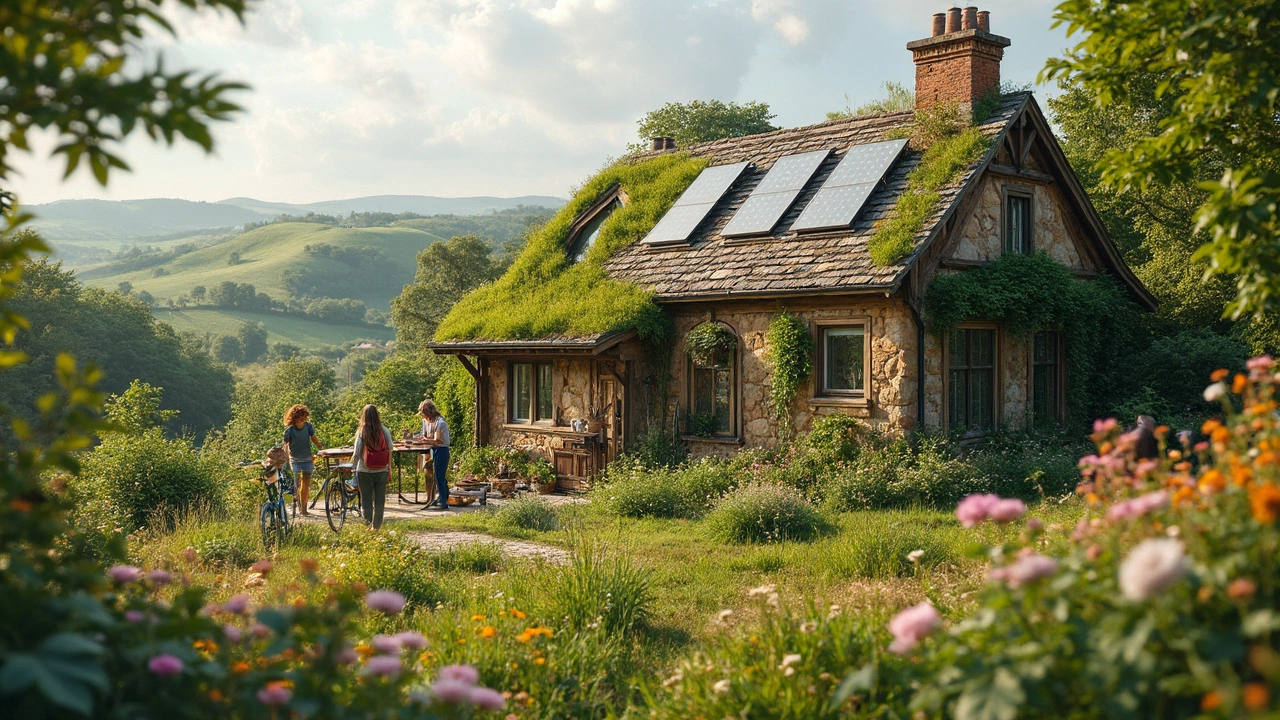
Most Sustainable Place to Live: Eco-Friendly Cottages Leading the Way
Want to know where you can live with the lightest footprint? This article explores the most sustainable places to live—specifically focusing on eco-friendly cottages. Learn what makes these tiny homes so green, where to find them, and how they keep both your energy use and expenses way down. We’ll break down everything from building materials to solar power, and toss in some handy tips you can actually use. Whether you’re looking for a lifestyle change or just curious about eco-living, you’ll get practical advice and real facts here.
Read More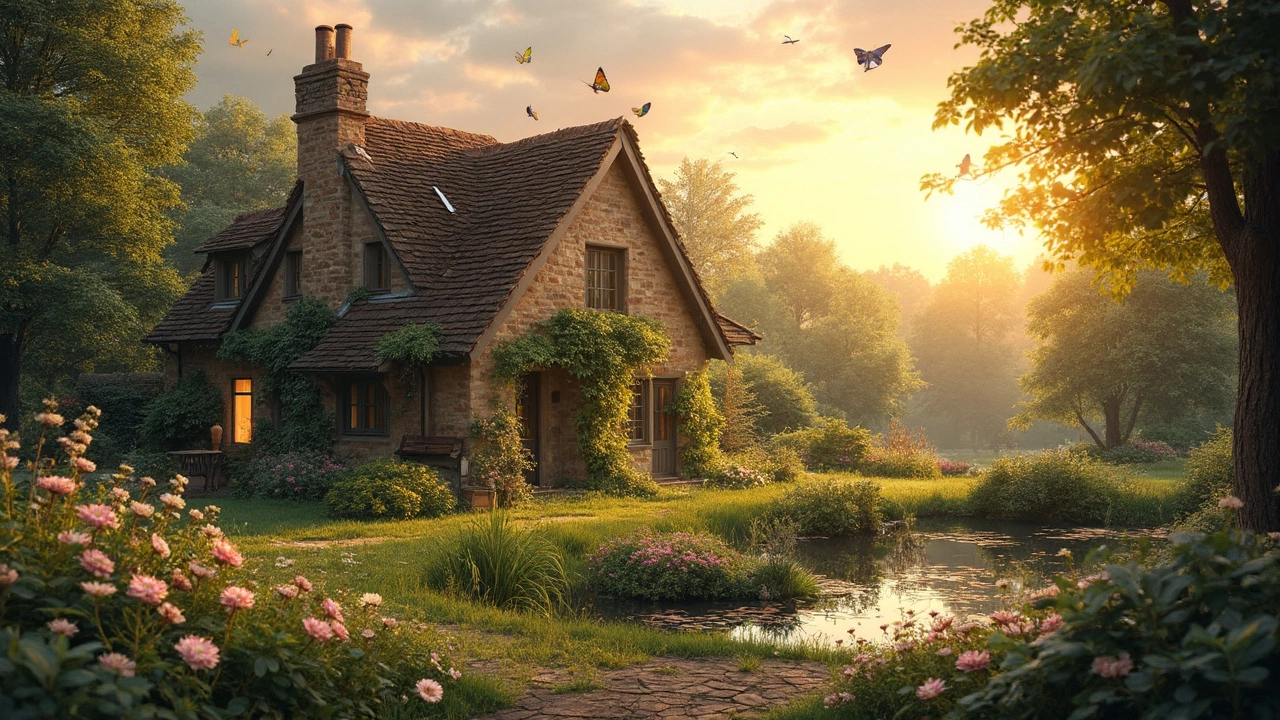
Is Living in a Cottage a Good Idea?
Thinking about moving to a cottage? It's not just about those fairy-tale vibes. Cottage living offers eco-friendly benefits and a closer connection with nature. We'll dive into the pros and cons, share tips on maintaining a green lifestyle, and explore if this quaint living style suits you. Whether you're dreaming of a lush garden or a minimal carbon footprint, there's plenty to consider.
Read More
Eco Cottage: The Future of Sustainable Living
Discover what makes an eco cottage truly eco-friendly, explore their sustainable design features, learn how they contribute to a greener lifestyle, and find tips for creating your own eco-friendly space. With their low environmental impact and energy-efficient systems, eco cottages are at the forefront of modern, sustainable living. This piece delves into what defines them and how they can help you live more harmoniously with nature.
Read More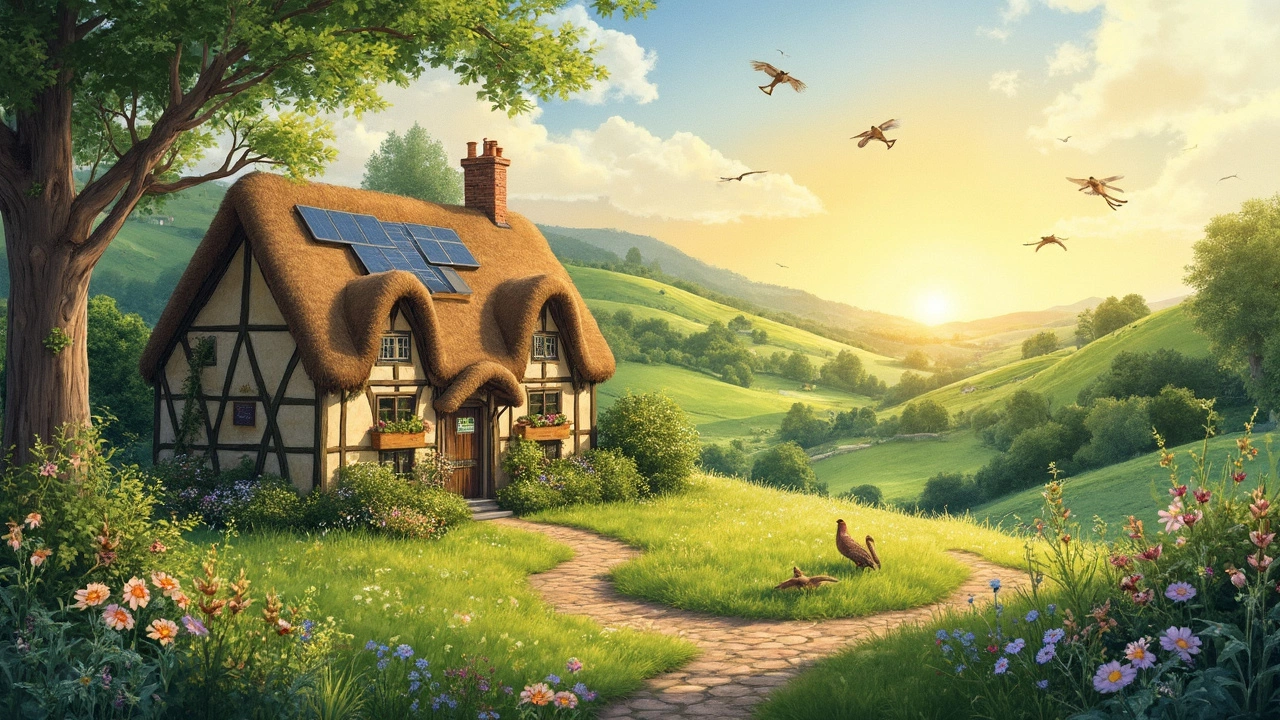
Eco-Friendly Cottages: Embracing Sustainability in Comfort
Discover what it means to be an eco-friendly advocate, especially in the context of choosing sustainable cottages. Learn how adopting eco-friendly habits not only helps the planet but enhances your lifestyle. Understand the rise of eco-tourism and how eco-friendly cottages fit into this growing trend. Explore simple and actionable ways you can transform your living space to be more environmentally conscious without sacrificing comfort.
Read More